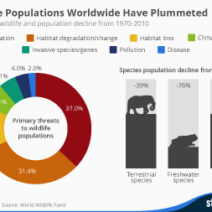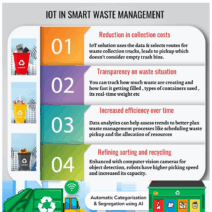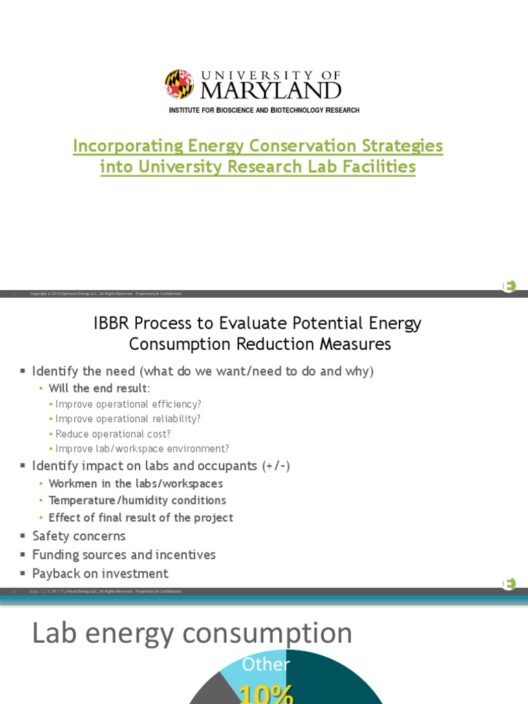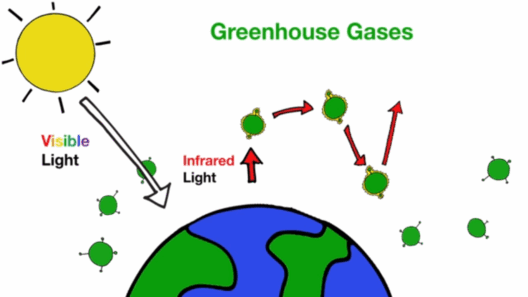Singapore, an urban marvel known for its gleaming skyline and bustling economy, often evokes admiration for its immaculate infrastructure and technological advancements. However, amid the splendor of this thriving city-state lies a pressing concern: its contribution to global warming. How does a city, celebrated for its ecological initiatives, also play a role in exacerbating climate change? This inquiry invites a critical examination of Singapore’s environmental footprint, enticing both wonder and caution in equal measure.
The phenomenon of global warming primarily results from an increased concentration of greenhouse gases (GHGs) in the atmosphere. Singapore, though a small island nation, maintains an astonishingly high per capita carbon footprint, largely owing to its status as a global trade hub and a significant urbanized landscape. The nation’s economy, which thrives on industries such as manufacturing, trade, and financial services, contributes substantially to fossil fuel consumption, thereby amplifying its carbon emissions.
Consider the sheer volume of imports and exports flowing through Singapore. As one of the world’s busiest ports, the maritime activities linked with shipping operations generate massive amounts of GHGs. The use of bunker fuel, which is notoriously polluting, exacerbates this scenario. While authorities are exploring alternative fuels and cleaner shipping technologies, the continued reliance on traditional fuel sources remains a significant hurdle in mitigating overall emissions.
Moreover, transportation within the city itself contributes noticeably to GHG emissions. The high density of vehicles on roads, alongside the necessity for efficient logistical support for businesses, compels reliance on fossil fuel-powered modes of transport. Despite notable advancements in public transportation and initiatives promoting electric vehicles, the uptake remains insufficient to counterbalance the growth in vehicular use, particularly with rising urbanization.
Another aspect to consider is Singapore’s energy consumption. The city-state’s rapid industrialization necessitates enormous amounts of energy, predominantly derived from natural gas, which, despite being cleaner than coal, still contributes to GHG emission levels. The infrastructural demand of immense skyscrapers and air conditioning in humid tropical climates escalates energy usage, accentuating the dilemma of maintaining economic growth while addressing environmental sustainability.
As Singapore grapples with the realities of climate emissions, a broader question emerges: Can a nation simultaneously pursue economic prosperity while diligently combating climate change? While certain environmentally friendly initiatives have been implemented, such as the SolarNova program promoting solar energy installations, the scope and scale may not suffice in light of the ongoing challenges presented by high energy demand and emissions.
Focusing on the agricultural and food security aspects unveils additional layers to Singapore’s ecological impact. With limited land availability, the nation imports around 90% of its food, resulting in a massive carbon footprint linked to transportation and logistics. The considerable resources required to grow food in foreign lands, coupled with the carbon output from shipping these goods thousands of miles, introduces a paradox. How can Singapore cultivate a sustainable food ecosystem when it relies heavily on external sources? The challenge remains critical as increasing global temperatures may yield unpredictable impacts on food supply chains.
Furthermore, urbanization brings with it challenges related to water and waste management. The rapid growth of the population fuels the demand for water, driving the need for extensive desalination processes, which are energy-intensive and consequently raise carbon emissions. Simultaneously, solid waste management necessitates careful oversight. With innovative recycling initiatives underway, the challenge of achieving zero waste remains daunting as landfills continue to expand with refuse that emits methane, a potent greenhouse gas.
What role does urban greenery play in counteracting these emissions? Singapore is renowned for its gardens and parks, implemented through visionary initiatives such as the “Garden City” concept. While these green spaces improve air quality and contribute positively to the urban microclimate, they may not be sufficient to offset the extensive carbon produced by industries and transportation. The disparity in the benefits derived from urban greenery raises pertinent questions concerning the effectiveness of afforestation efforts versus the realities of urban expansion.
In addressing these pressing challenges, one compelling avenue is enhancing public awareness and education about climate repercussions. Engaging citizens in sustainability practices promotes responsible consumption, encouraging individuals to reduce, reuse, and recycle. Changes in lifestyle habits can foster a collective effort to combat climate change on a micro level, gradually echoing through the societal framework.
Ultimately, the onus lies on the government, businesses, and individuals to confront these issues head-on. Formulating a robust climate action plan that prioritizes renewable energy investment, efficient waste management, and sustainable urban planning must become a priority. International collaboration is imperative, as no nation can tackle climate change unilaterally. Cooperation among nations, sharing of best practices, and investments in innovative technologies are crucial components of a global solution to this shared threat.
In conclusion, the path forward for Singapore entails a delicate balancing act. Economic vitality must harmonize with environmental stewardship, a precarious dance that holds profound implications for future generations. Can this thriving city-state navigate the conundrum of growth without sacrificing the planet? The answer hinges not only on policy decisions but also on collective societal commitment to fostering a sustainable future. As the global community faces mounting environmental challenges, Singapore’s journey toward sustainability may serve as both a cautionary tale and a beacon of innovation.







